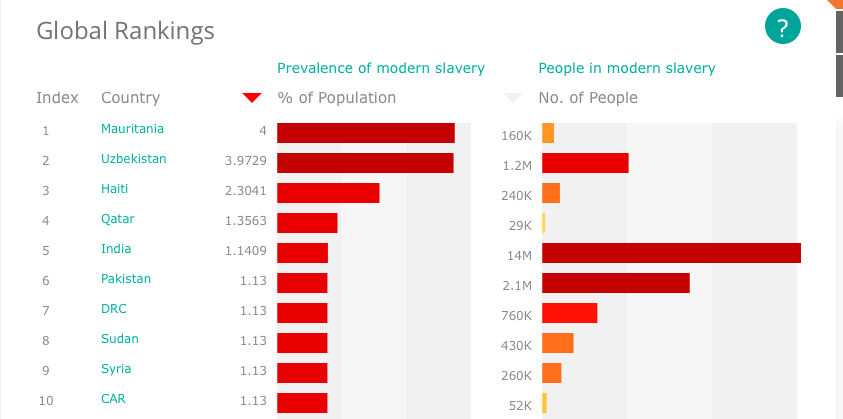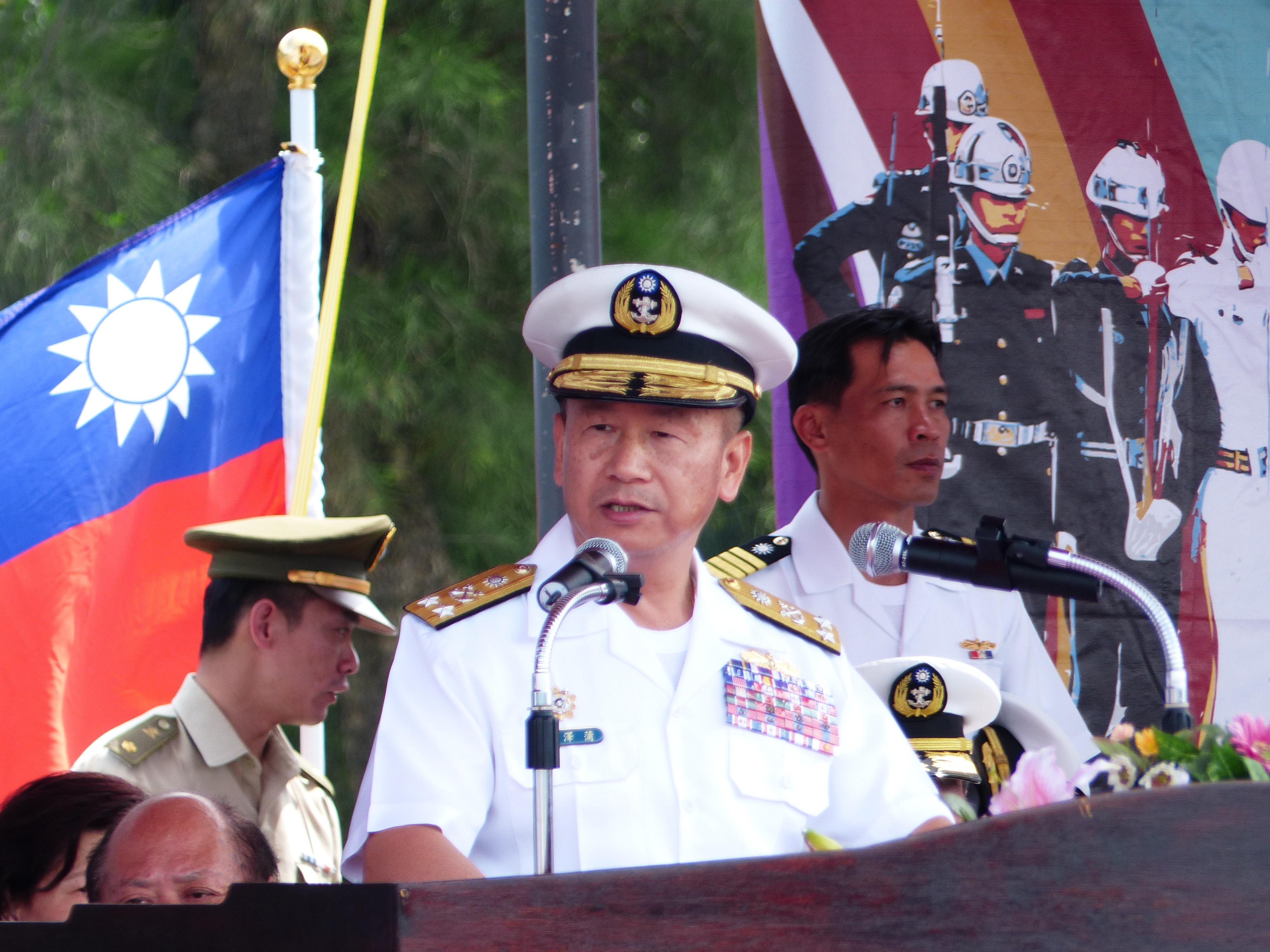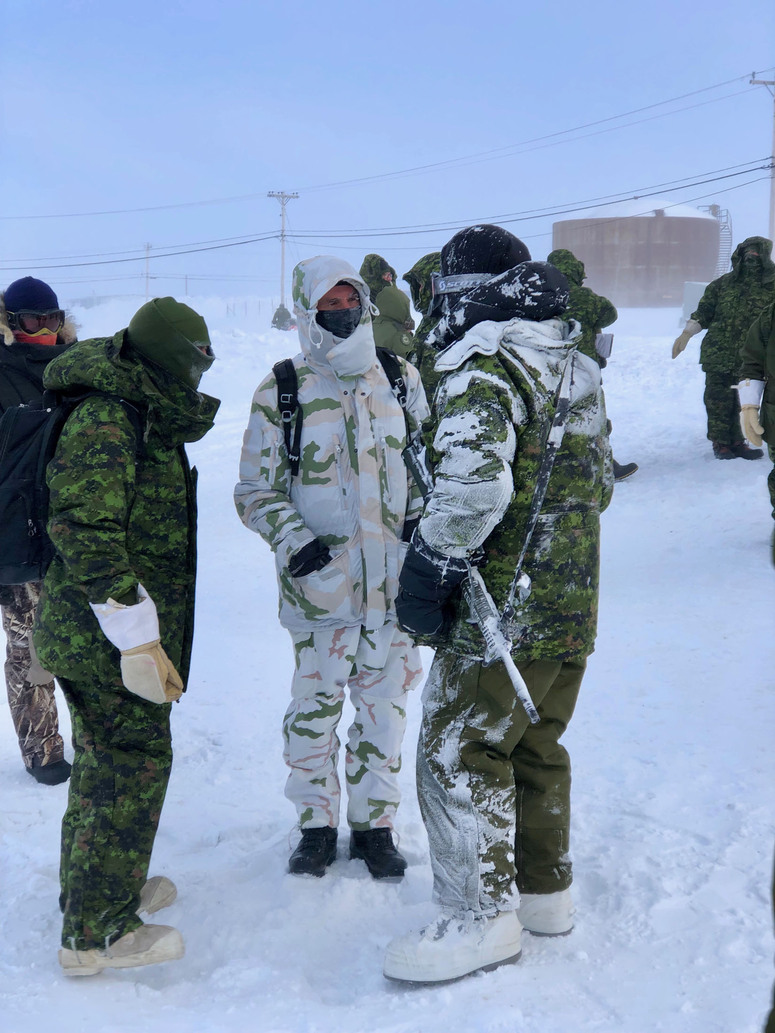A recent report, written by the anti-slavery campaign group Walk Free, called the “Global Slavery Index” claims that there are almost 36 million people worldwide now living as slaves. The report identifies India as the state with the most slaves overall with 14 million, followed by China, Pakistan, and Uzbekistan. The report defines 21st century slaves as “people subject to forced labor, debt bondage, trafficking, sexual exploitation for money and forced or servile marriage.” In Africa and Asia, the challenges of eliminating human trafficking are the greatest to overcome due to their overreaching prevalence on the continent, compared to Europe.

Thesereports, like many more of them, all identify a global problem that has not been properly addressed by most governments. It is an issue that most often affects women and children as victims of these crimes.
The United NationsOffice on Drugs and Crimes (UNODC) is the main organization addressing and identifying these types of crimes. The UNODC defines human trafficking as “the acquisition of people by improper means such as force, fraud or deception, with the aim of exploiting them,” and according to it these types of crimes affect almost every state in the world.
The U.S. State Department released a similar report identifying China, Russia, and Uzbekistan as the worst states worldwide for human trafficking. The report also recognized Iran, North Korea, Cuba, Sudan, and Zimbabwe among this group of states. These states may be sanctioned by the U.S. through such measures as cancelling non-humanitarian and military assistance, ending exchange visits for government officials, and voting against any IMF or World Bank loans.
In China, human trafficking of brides and female prostitutes is caused by the government’s “one-child policy” and society’s belief that male children are superior and better for the family. The report writes, “traffickers recruited girls and young women, often from rural areas of China, using a combination of fraudulent job offers, imposition of large travel fees, and threats of physical or financial harm, to obtain and maintain their service in prostitution.”
Uzbekistan is one of the world’s largest producers of cotton. This cotton harvest uses human trafficking to force thousands of children to pick cotton quickly and cheaply.
The International Labor Organization claims that there are, in fact, almost 21 million people who are victims of this modern day slavery and human trafficking. However, it also discusses the possible solutions and policies that may begin to address the issue. The report calls for much wider international cooperation in addressing human trafficking, specifically on their uses and abuses in businesses and corporations that use slaves in their supply chains. Similarly, the report recognizes the importance of training law enforcement officials to identify and assist trafficking victims. It is also important for the data on sex slavery and human trafficking to become more transparent for this global issue to be addressed more properly.
While most state governments claim that these types of crimes and these issues do not affect their state or their population, it is clear from these reports, like many before them, that these issues deeply affect the entirety of the international community.




